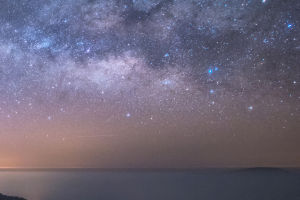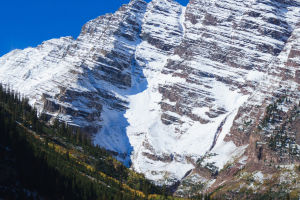Lakes are formed under the combined action of geology, landform, climate, runoff and other factors.
Lakes are classified into structural lakes, crater lakes, glacial lakes, dammed lakes, karst lakes, river-formed lakes, wind-formed lakes, sea-formed lakes and artificial lakes and reservoirs according to their origins. Once a lake is formed, it is constantly evolving under the continuous action of external natural factors and various internal processes.
A large amount of sediment and biological debris carried by the rivers entering the lake are deposited in the lake year after year, and the lake basin is gradually silted and shallow, thus becoming land, or gradually becoming a swamp with the development of aquatic plants along the coast; under dry climate conditions Due to climate variability, the reduction of ice and snow melt water, the decline of groundwater level, etc., the amount of recharged water in the inland lake is not enough to compensate for the loss of evaporation, which often causes the lake surface to shrink and dry up, or the accumulation and concentration of salt substances in the lake basin, the lake water becomes increasingly salinized and eventually becomes dry. Salt lakes, some of which are dried up due to a cut in the outlet, causing the lake to flow out.
Lakes are important land resources and have many functions, such as regulating river runoff, developing irrigation, providing industrial and drinking water sources, multiplying aquatic organisms, communicating with shipping, improving regional ecological environment, and developing minerals. They play an important role in the development of the national economy. effect. At the same time, lakes and their basins are important places for human survival, and lakes themselves are sensitive to global changes. An important part of the terrestrial hydrosphere, closely related to the biosphere, the atmosphere, and the lithosphere, it has the special functions of regulating regional climate, recording regional environmental changes, maintaining regional ecosystem balance and diversity of derivatives.
The top ten lakes in the world are the Caspian Sea, Lake Superior, Lake Victoria, Lake Huron, Lake Michigan, Lake Tanganyika, Lake Baikal, Great Bear Lake, Lake Malawi, and Great Slave Lake. The Caspian Sea is the largest lake in the world, with an area of about 386,400 square kilometers, equivalent to 14% of the total lake area in the world, and 51% larger than the sum of the famous North American Great Lakes (245,000 square kilometers). Other lakes are freshwater lakes. Lake Superior is the second largest lake and the largest freshwater lake in the world, with an area of about 82,414 square kilometers.


